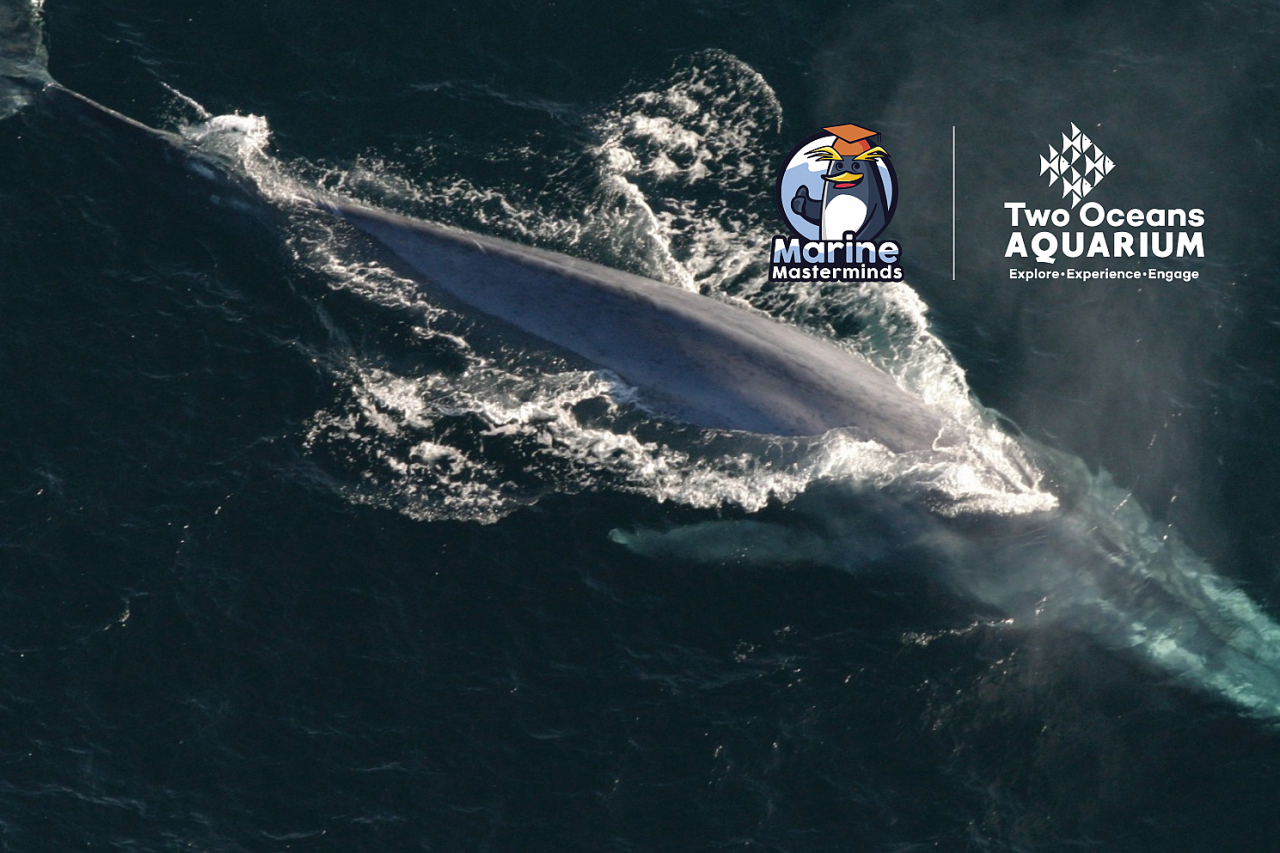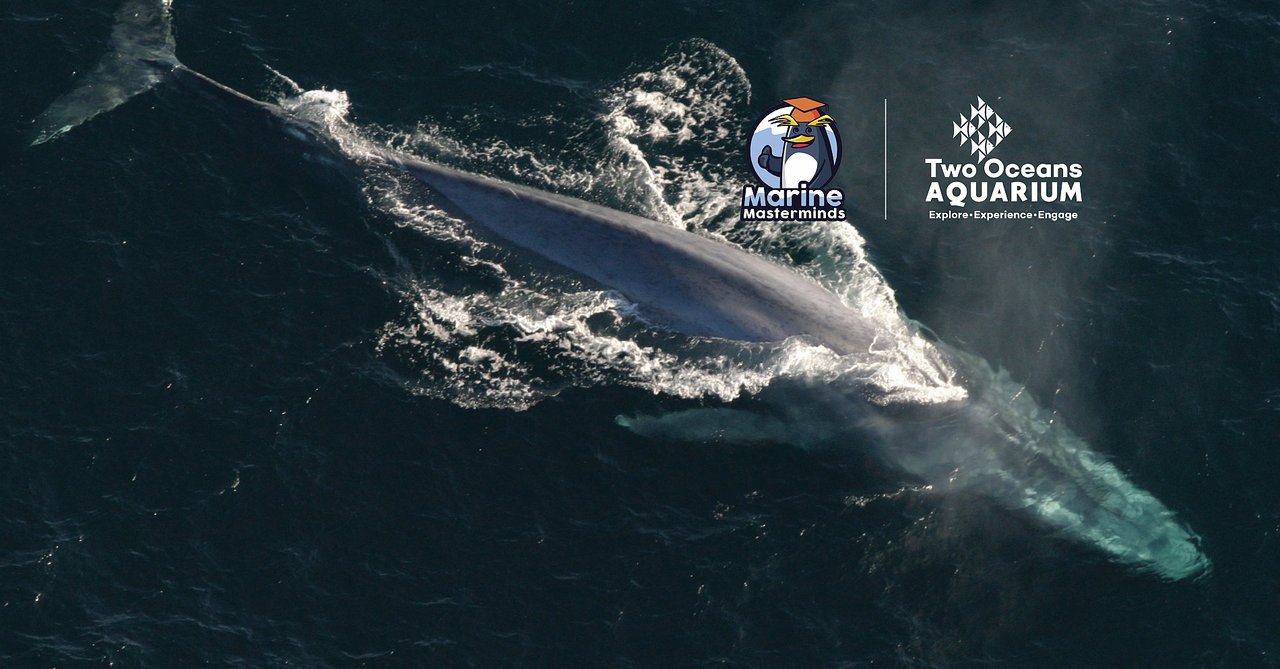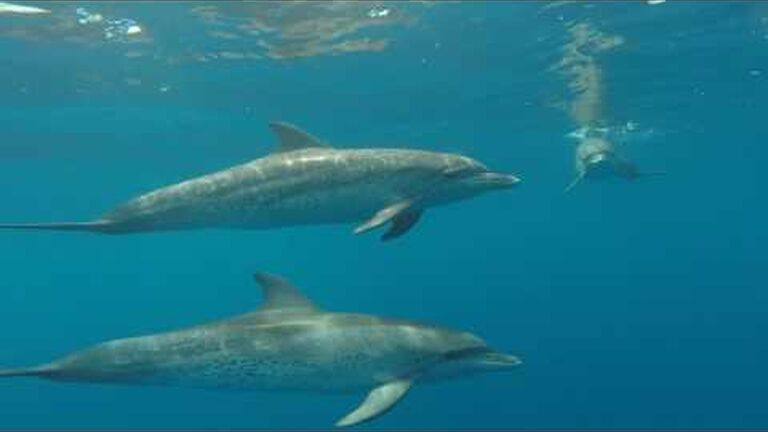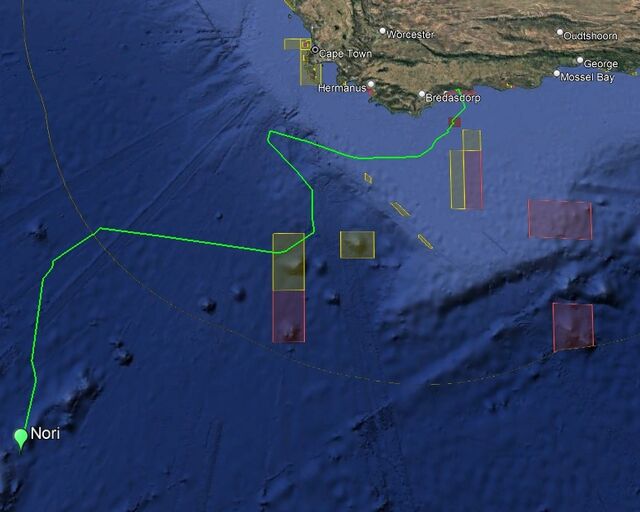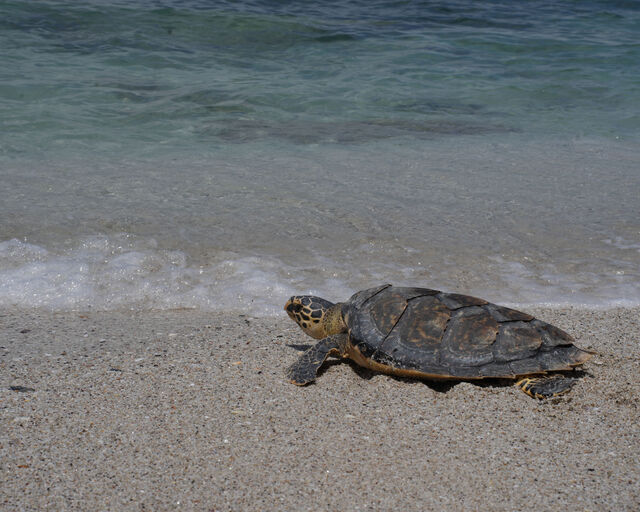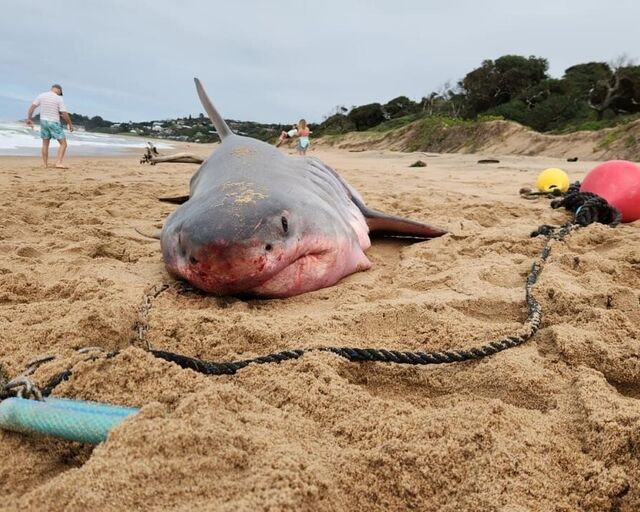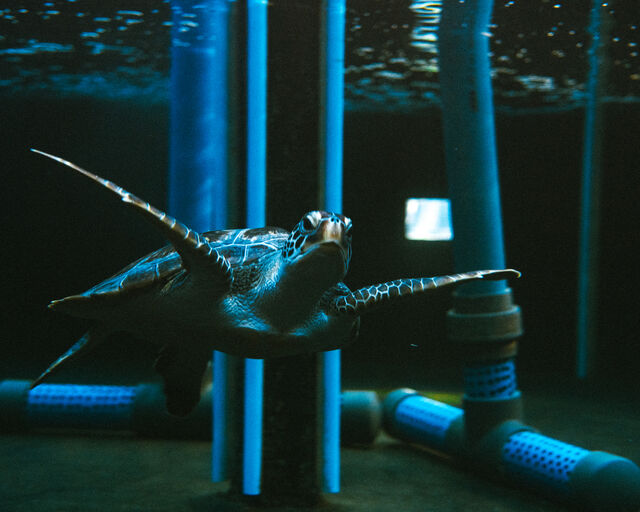Of all the things we miss during lockdown, human contact is one of the things we are best able to cope without - probably because of all our modern technology! Whether you're keeping in touch with fibre internet at home, using an app like Zoom or Houseparty to interact with friends, calling your gogo or even (gasp) accessing 5G, we're fairly sure you've found some way to chat with the people you love, but are currently apart from.

Remember - take the Marine Masterminds quiz at the end of this blog to add your name to the leaderboard.
Animals don't have the internet, but they do have some other tricks for long-distance communication - these are some of our favourites:
Whales - underwater sopranos
Whale songs, technically known as "vocalisations", are the most important way that cetaceans (that's whales, dolphins, porpoises, etc.) communicate. Sound travels four times faster through water than through air - combine that with the fact that there are very few things for it to echo off of in the ocean, and it becomes an incredible long-distance communication tool. In fact, blue whales are able to hear each other from almost 2 000 kilometres away!
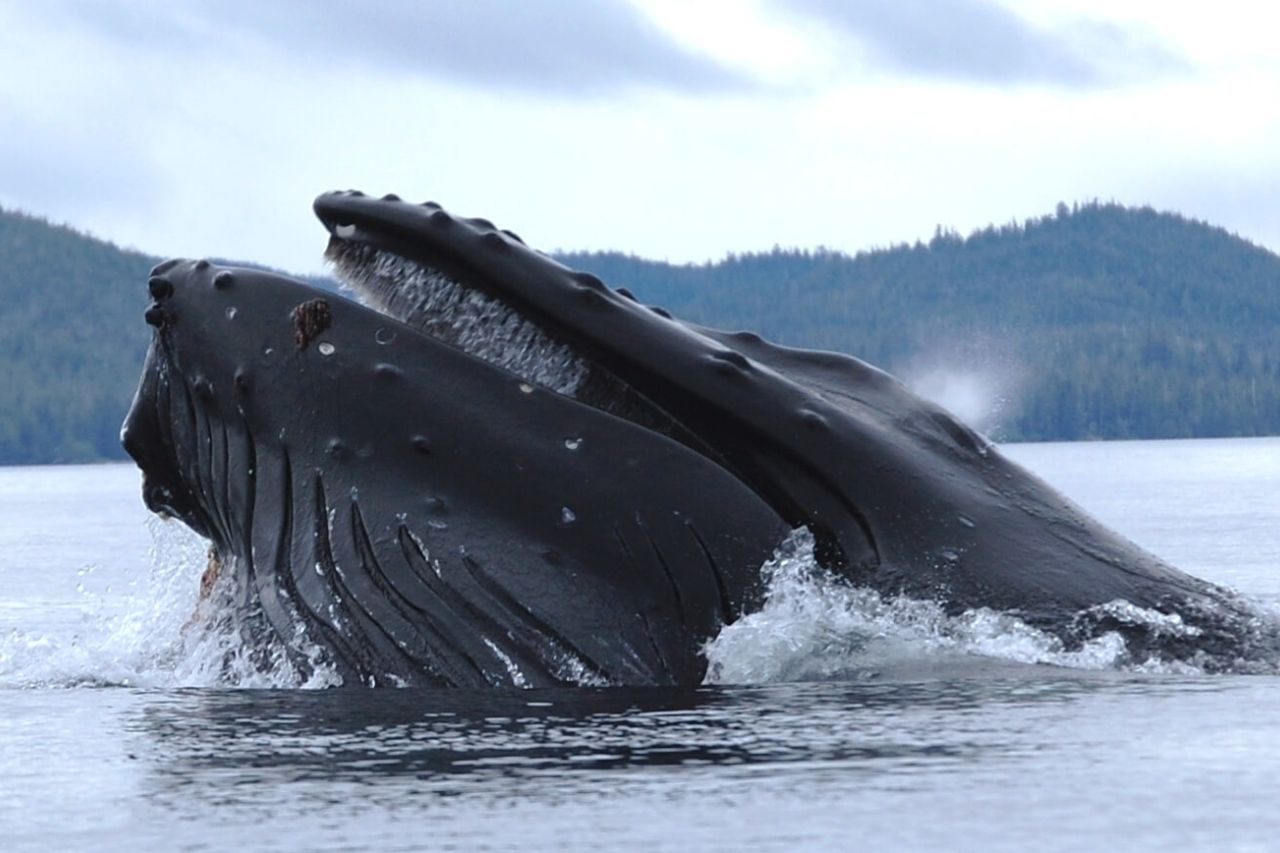
The ubiquitous "whale song" is that of the humpback whale (play the soundbite below) and other baleen whales. These long, melodic songs are sung by male humpbacks, and females that are many kilometres away can judge if that male is a fit mate from the quality of his voice, before swimming all that way to find him.
Other cetaceans, typically predators like dolphins and sperm whales don't "sing" - instead, they "click". Each animal is able to produce a unique series of clicks so that others can identify them - basically, these cetaceans are shouting their own name so that friends and mates can find them. Although not as beautiful as the vocalisations of baleen whales, these clicks are a side effect of these predators' secret hunting tool, echolocation, and are seemingly far more useful than baleen whales' songs.
An animal as large and far-travelling as a whale must leave quite a trail... of poop. This is how that poop can save the world from climate change.
Groupers - pointing without fingers
Pointing is something very few animals understand, and fewer actually do - which matters, because it is the only non-verbal way to refer to an object or place that is distant. Aside from humans, elephants seem to be the only land animals that understand pointing and use pointing gestures amongst themselves. Dogs, due to years of selective breeding, seem to be able to understand human pointing, and studies have shown that cats, apes, dolphins, some monkeys, and seals are able to understand pointing too, albeit in a very limited capacity. Based on the rarity of this behaviour, you'd be forgiven for thinking that fish can't "point" - but you'd be wrong.
Groupers, a family of large predatory reef fish, and roving coral groupers (Plectropomus pessuliferus) in particular, use pointing to signal fish of other species to help them hunt. Coral groupers are fast predators in open water, but they are too large to squeeze into cracks in the coral reef if their prey tries to escape.
Hungry groupers, or groupers that have spotted prey but can't access it, go to find help - looking for either giant moray eels (Gymnothorax javanicus), which can squeeze into cracks, or large humphead wrasses (Cheilinus undulatus), which have jaws strong enough to tear apart hiding spots in any coral. Once a grouper has found one of these helpers, it does a "shimmy", which tells the other fish "follow me". The grouper then leads its companion to the prey's hiding spot and points to it with its nose, usually by doing a headstand pointing down at the crevasse, and flicks its tail. With the prey pointed out - the moray or wrasse make quick work of the hiding spot, either getting the prey for themselves or scaring it into the open for the grouper.
This is not only a remarkable case of interspecies interaction but as far as we can tell, this is the only natural example of one animal's "pointing" being interpreted by another species.
Mantis shrimp - invisible light
Mantis shrimps (order Stomatopoda) pack a powerful punch, easily able to shatter the shells of most shellfish. Being aggressively territorial, this punch is often turned on other mantis shrimps. For an animal like this, communicating its domain to others before a violent encounter is critically important, and the further away it can send that message, the larger its territory could potentially be. For this, mantis shrimps use colour.
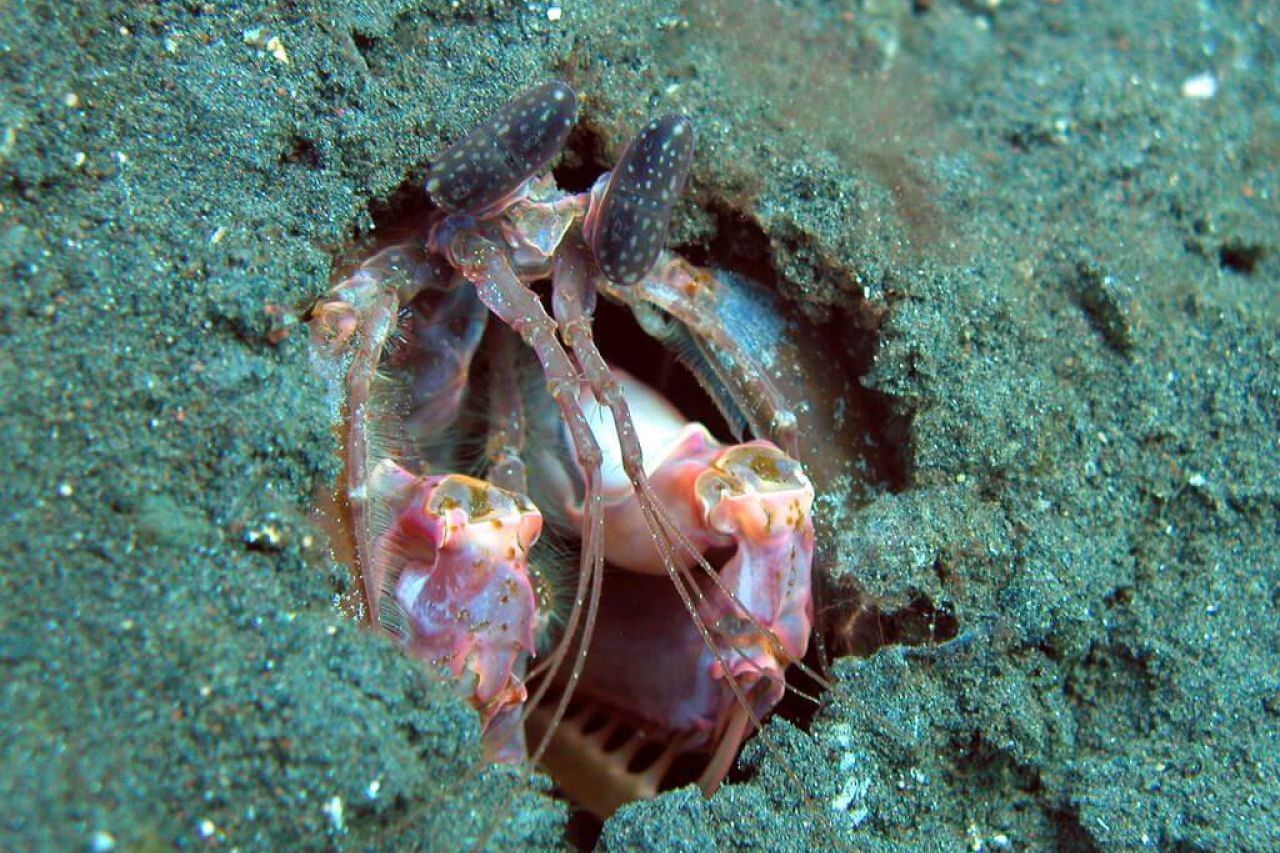
The problem with using colour to communicate is that the clearer your signal, the easier predators can see you too. Mantis shrimps have amazing eyes, able to detect 16 different primary colours, near-infrared, ultraviolet, and polarised light - but they are not the only animals with the ability to detect these unusual colours.
This is where their secret comes in - some mantis shrimps can detect "circularly polarised light", and special molecules on the front and bottom of their legs, the edge of their tail and front of their head reflect left-handed circularly polarised light. When mantis shrimps assume their aggressive posture, all these surfaces point forward. Mantis shrimps are the only animal that can see this type of light, so only rival mantis shrimps would be able to detect that signal - making it truly invisible light.
Bonus fact: Mantis shrimp eyes can see cancer - researchers have made cancer-detecting cameras inspired by these small crustaceans.
African penguin - contact calls
Many animals make "contact calls", short sounds that serve the simple purpose of signalling where they are to the rest of the group. You've probably heard these before: Cats meowing, sheep baaing, chickens clucking, birds chirping - these sounds help other members of their group know they are near the herd/flock/pack without having to pay much attention. If the contact call stops - that's a sign for panic as the group has either moved on or fallen silent because of the presence of a predator.
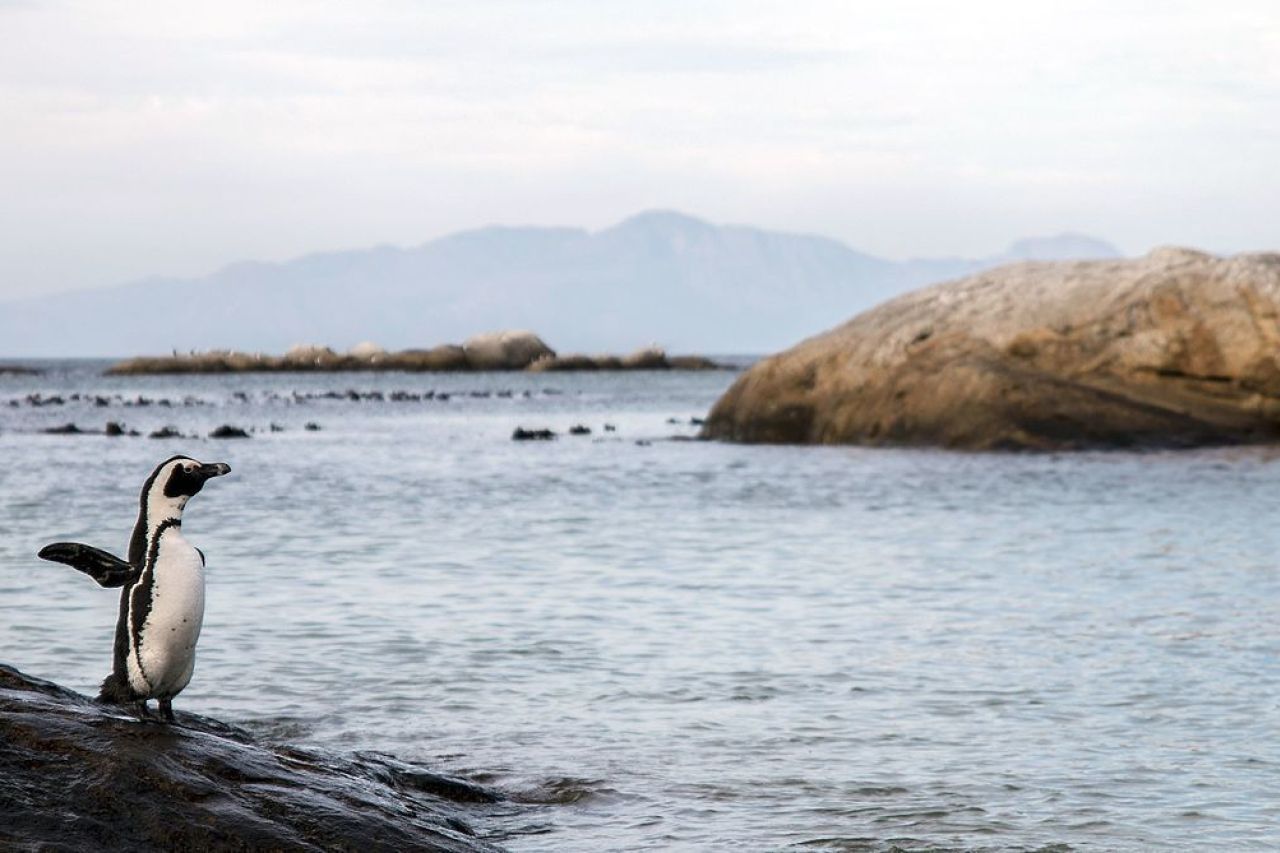
Penguins are no different, and the loud squawking of the African penguin (Spheniscus demersus) is their contact call. A penguin separated from its colony on land will emit a squawk (which sounds like a combination of a baby saying "wow" and a cat about to throw up a furball), and any other penguin that hears this will reply with the same sound.
Penguins go a step further - they can easily distinguish between specific frequencies, so even in a colony of thousands of birds, they will always be able to identify the contact calls of their mates and chicks.
Penguins aren't just great at picking out voices in a crowd - here are some other things penguins do far better than humans.
Ready for a quiz?
Simply answer six quick questions about the blog you just read and join the Marine Masterminds leaderboard. Climb the leaderboard and you could win amazing prizes - Two Oceans Aquarium annual memberships, Penguin Experiences and day tickets are all up for grabs. Good luck!
We hope you've enjoyed this "social distancing" special. Stay home, stay safe, save lives. Be healthy everyone!
